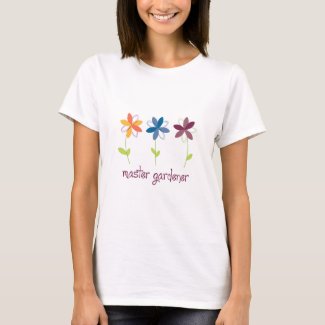Where to Plant Heathers
Heathers enjoy any sunny site with good air circulation and an acid soil that doesn't dry out or become waterlogged.
Acid soil is a must for summer heather plants, and if your
pH is too high, you should amend the soil with aluminum sulfate
before planting if necessary. Pale leaves and slow
growth indicate that the soil is not acid enough.
You can help the soil retain moisture in the heat of summer by applying a mulch. Two inches of bark chips or other plant matter make a good mulch for a bed of heathers.

Heather plants in rock garden. Original Photo Image by congerdesign from Pixabay
Care and Maintenance of Heather Plants
Use a fertilizer designed for acid-loving plants in spring and at regular intervals through the growing season as the package directs.
It's best to use a soluble fertilizer rather than one that has to be worked into the soil because the roots are very shallow, and you can easily damage them by trying to cultivate around the plants.
To encourage strong growth, shear off the plants in early spring before flowering begins.
Heathers are susceptible to fungus, and if your summers are hot and humid, you may want to have a fungicide on hand so you can treat your plants at the first sign of infection.
Taking Cuttings to Propagate Heathers
The best time to propagate heathers is mid- to late summer.
Fill a pot with a mixture of half sand and half sterile peat moss, and make holes for your cuttings with a thin twig.
Clip a 1-1/2 inch piece from the tip of a non-flowering shoot. Make sure the shoot is from the current season's growth. Strip the foliage from the lower half of the stem with your fingers, taking care not to damage the stem, and dip the lower end of the stem in rooting hormone.
Make sure the rooting hormone covers the part of the stem where you have removed the foliage, then tap gently to remove the excess.
Caring for Heather Plant Cuttings
Place the cuttings in the holes that you have prepared and water the pot thoroughly but gently so as not to disturb the cuttings.
Once the pot has drained, cover it with a plastic bag, making sure the sides of the bag don't touch your plants.
If necessary, insert a few twigs in the soil to hold the bag away from the plants. Leave the bag in place for 6-8 weeks.
About the Author Jackie Carroll is the editor of GardenGuides.com, a leading internet destination from gardening information and ideas.
Visit GardenGuides.com: http://www.gardenguides.com or subscribe to Perennial Gardening News to have the latest articles and information from GardenGuides.com delivered to you every week: send email to join-perennials@lists.gardenguides.com
Grow Your Own with Pastiche
How-to articles, tips for newbie or experienced gardeners, garden crafts and projects for every age and gardening ability.

Related Pages
Home :-: Shop :-: Coloring :-: Clip Art :-: Printables
Search :-: Privacy :-: Site Index



